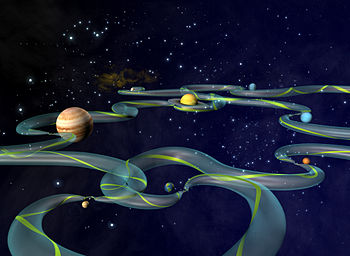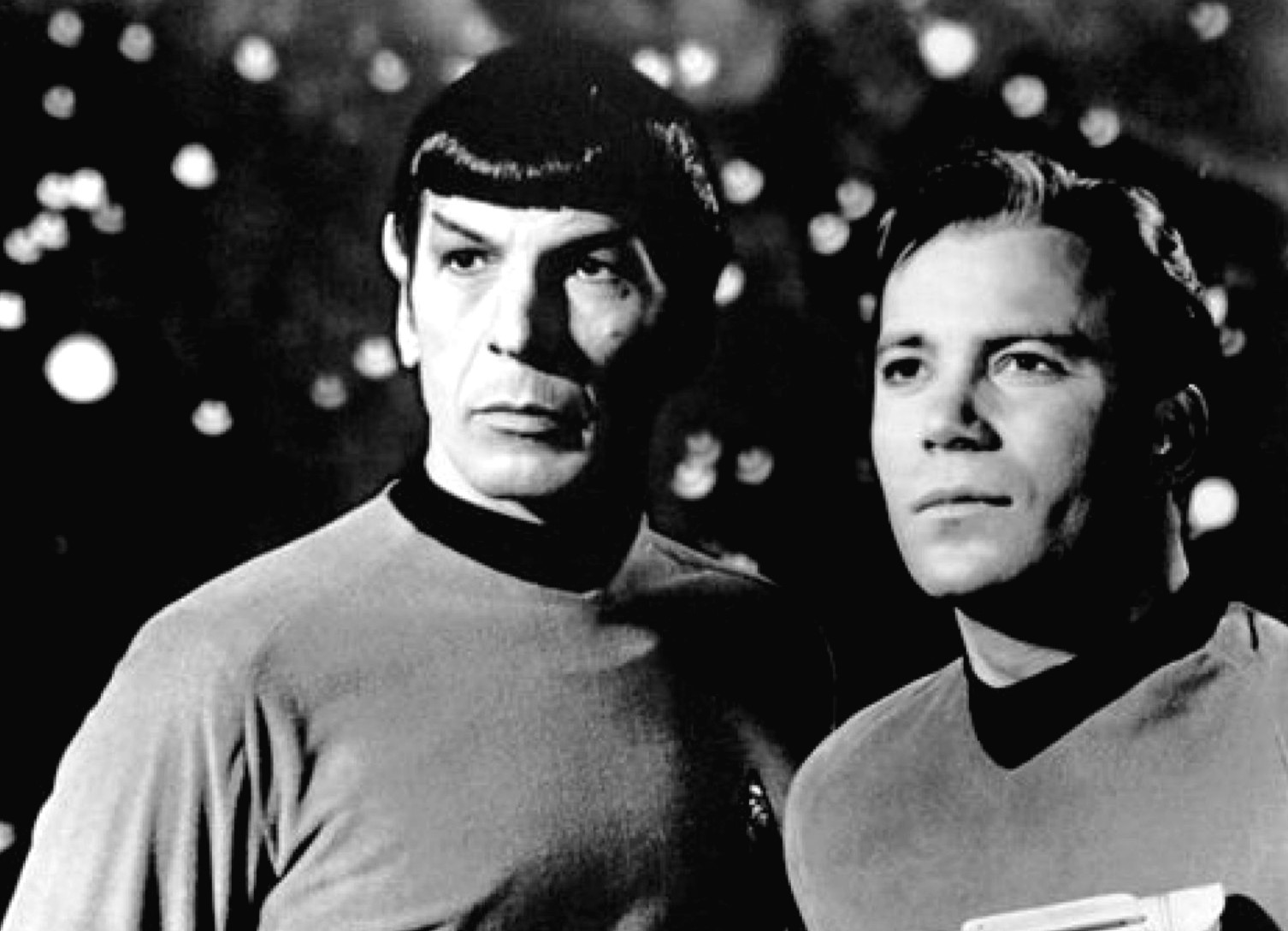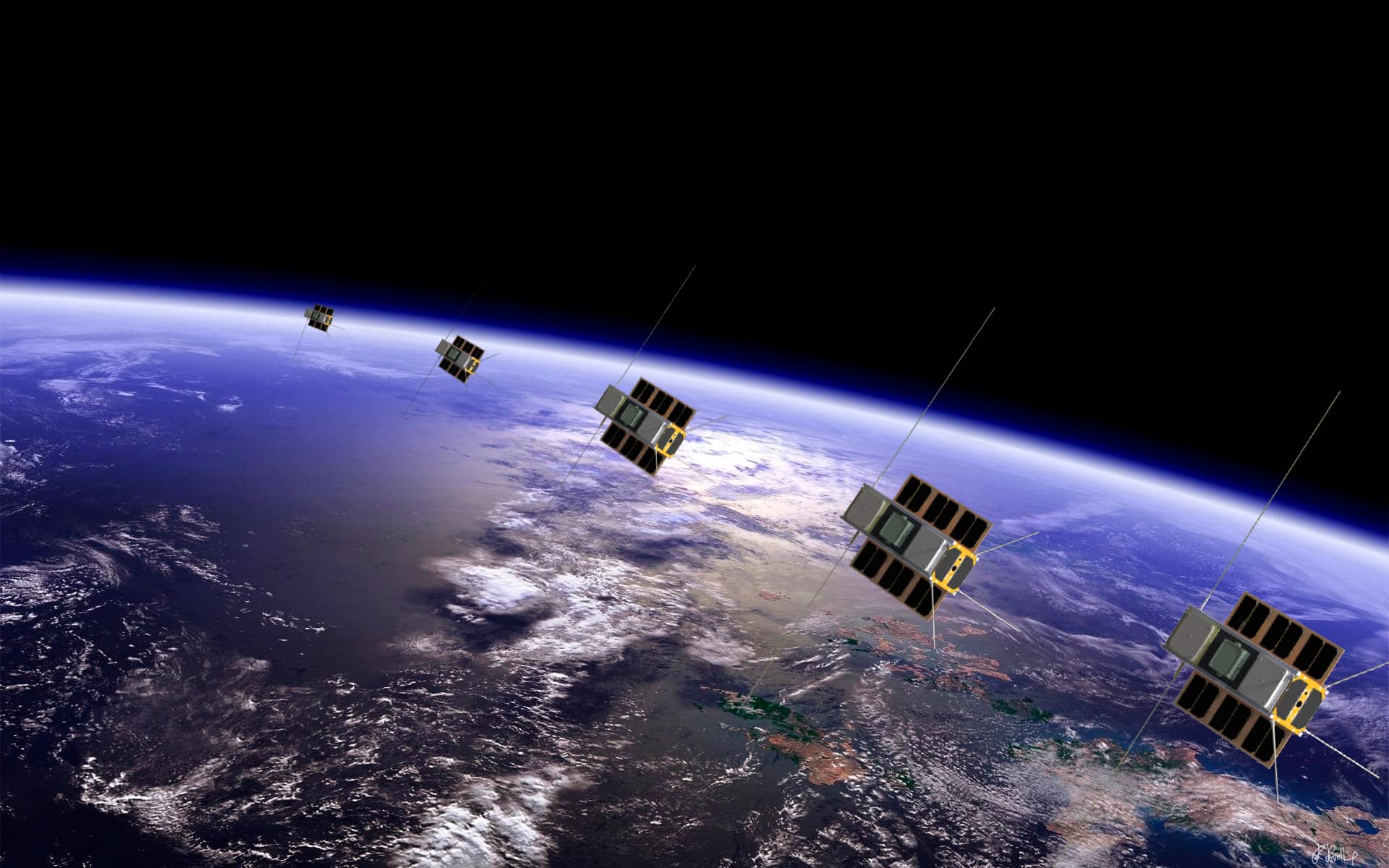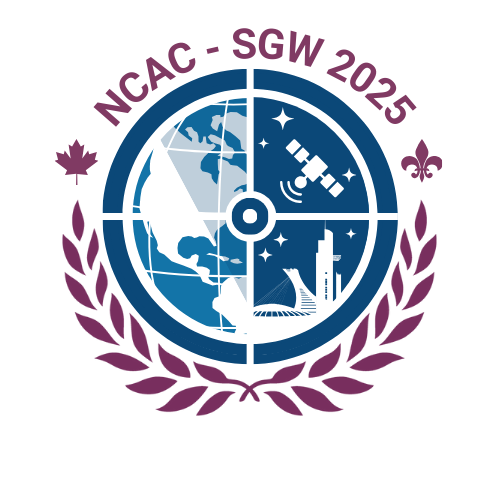Cybersecurity Risk Mitigation For Ground Systems
Nearly all satellite missions - commercial, military or scientific - use Ground Systems to control and manage their operations. Ground Systems operate 24 hours a day, 7 days a week, 365 days a year and can often support multiple spacecraft. These Systems consist primarily of a large antenna that communicates with the orbiting spacecraft via radio waves, called a telecommunications link. Ground Systems are responsible both for transmitting information (such as command and control instructions for orbital corrections) and receiving information (such as telemetry data about where the satellite is located).
SGAC Releases EAGLE’s Lunar Governance Report
On the 12th of May 2021, the Space Generation Advisory Council (SGAC) released a Lunar Governance Report outlining the ideas and proposals of the young generations for the inclusive, effective and adaptive regulation of lunar activities. The Report is accessible online and is accompanied by an Executive Summary and a Lunar Manifesto.
An interview with Anthony Yuen, our SGAC Co-Chair
On Apr 1, 2021, Anthony Yuen was elected as the incoming co-chair of SGAC! I sat down (virtually, unfortunately!) with Anthony, to learn more about his journey with SGAC and his plans for the future. HB: First of all, congratulations on your new position as Co-chair. For those of you that do not know you, can you please introduce yourself to our readers? Tell us a little about your background! AY: Hi everyone. Firstly, it is an honour to be elected as your Co-Chair. Let’s keep this informal and give you the non-biographical version.
Will Traditional Business Strategy Take Us to Mars?
Rethinking Strategy in Nascent Industries Companies in today’s nascent industries like autonomous vehicles, space tourism, in-space services, quantum computing, commercial drones, and advanced robotics are working to shape the future of humanity, but how will they shape themselves? The conventional rules of strategy may as well not apply. Delivering better value than your competitors becomes impossible when what that value is has not yet been established.
Interpranetary Defense and Adventures
The wide blue expanse lies still in the midnight gloom of the quiet night. But that beautiful, blue void you see is not the night sky for which Zimbabwe is well known. It’s the vast reflection of Lake Kariba, the largest human-made lake in the entire world. Nestled in the heart of the Great Zambezi floodplains, the water stirs listlessly as a few stone-throws away a young girl casually strolls through the crisp air.
Arnau Pons Farewell
Dear SGAC members, As my term as Chair of SGAC has come to completion, I would like to reflect on the shared journey with my SGAC colleagues over the last three years, as well as share a message of hope for the future to come. Serving as Chair has been a great honour, and I am humbled and grateful for the wonderful experiences and times together with our SGAC community.
Diversty Action Team Update: Time for some action!
"Space is for the benefit of all humankind" is one of the basic tenets of the Outer Space Treaty of 1967. In theory, the premise of something being untainted by human prejudice is beautiful. Nevertheless, that premise is far from being a reality.
The Media and Space Travel
“Space: the final frontier. These are the voyages of the starship Enterprise. Its continuing mission: to explore strange new worlds. To seek out life and new civilizations. To boldly go where no one has gone before.” This is a prologue for the original series of the famous science fiction Star Trek when it was first aired on NBC on September 8, 1966, attracting over 20 million viewers during the first four episodes. At that point in time, the National Aeronautics and Space Administration (NASA) was about to turn eight years old, and astronauts were already starting to travel to low-Earth orbit and perform space walks as a part of Project Gemini.
Small Satellite Exploration – Revolutionizing Science & Ready for Lift-Off
When it comes to what’s next in space exploration, dream big but think small…that is, think about small satellites. This form of spacecraft—characterized by its small size and mass—could prove to be revolutionary, transforming how we investigate our home planet and explore our solar system.
In Conversation with Ross Centers, director of the Planetary Sunshade Foundation
The Planetary Sunshade Foundation supports the ambitious project of developing an architecture for building megastructures in space, including a planetary sunshade capable of climate stabilization. The Foundation's work directly contributes to the United Nations' Sustainable Development Goal (SDG) 13 on climate action, while also supporting the establishment of a sustainable lunar economy. Read on for insights from the director of the Foundation.












